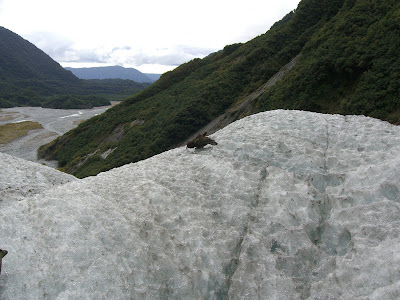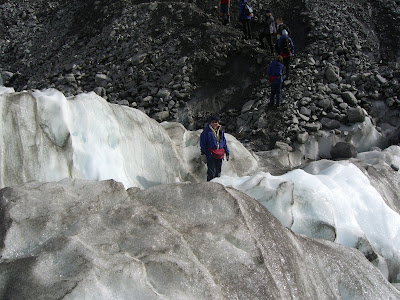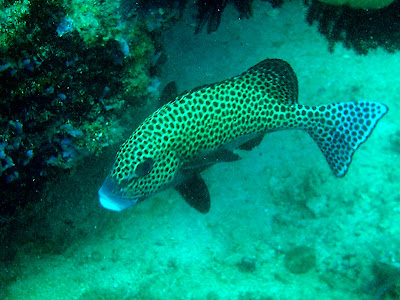No, I don't mean this as a theatrical metaphor describing my life, I mean it literally. I'm not particularly devout or fanatical about my faith. In reality, I continually question the tenets of religion, especially now with the ongoing controversy between Church and State. Apart from being baptized as a baby and taught to pray to my guardian angel as a young child, there were other definitive events that encompass the stages of my life which makes me the Catholic I am today.
My very first realization that religion is an all powerful force was my First Confession. We had numerous practice runs for this occasion and finally the big day was at hand. We all lined up in the confessional, making sure we memorized every single mortal sin we had committed. It was to be divulged solely to the priest and no one else. We wondered what sort of punishment would be meted out, particularly to the hardened delinquents in my second grade class. Penance could only mean torture to a schoolgirl who for the first time would enter a dark cubicle and face a curtained window from which a booming voice would proclaim dire punishment for all the lies she told her mother. Finally it was my turn in the confessional and it was into a pool of wet stuff I knelt on. It was all too much for the frightened little girl ahead of me. Her sins made her lose control over her bodily functions, I thought to myself. This, without doubt, had put the fear of God in me. The curtain then parted and I heard myself say in a trembling voice the oft-rehearsed prayer, "Forgive me father for I have sinned..."

Ora et Labora. Pray and work is the motto of the convent school I went to. It was founded by German missionary nuns from Tutzing more than a hundred years ago. I remember them vividly. I even remember having to curtsey when we would meet Mother Prioress in the hallways. They were effective teachers but by the time I reached the upper grades, most of the Germans had relinquished their teaching positions, content to pray, bake their kuchens and drink their beer. The strict regimen they imposed was relaxed a bit. In high school, experimentation was the norm. We saw the emergence of a bizarre charismatic movement—girls in rapture talking in strange tongues. Alternative beliefs were introduced like Ananda Marga. There were the cute, young chaplains many girls had crushes on. We still had the Sodality and Marian movements but we thought that too square. Religion had become immensely boring for a teenager with runaway hormones and confused logic. It didn't surprise me that not a single girl from my generation entered the convent.


I am invincible, who needs divine intervention. That was me when I was young. Nothing ever went wrong. Prayer was meant for asking things. Dear God, I need to pass that exam, make him notice me, I want new shoes. Then there was the flirting with new age ideas and Zen Buddhism, the study of philosophy and socialism. But I wake up one day and everything does go wrong. What happened? Life. I've become vulnerable, my spirituality is reawakened. Is this a natural progression? I return to things that comfort me in times of trouble. The prayers I learned as a child, the ritual, even the smell of incense evokes a certain sense of security. Miracles begin to happen and my faith is restored—I'm tempted to add a smiley because it sounds so simplistic, but it is!
I don't want to go into a deep theological discussion much less a philosophical debate about doctrine. Faith is a difficult thing to talk about without sounding self-righteous, we each have our own belief systems. Whether you ascribe to strict Vatican dogma or a loose interpretation of things, the crux is you believe there is a God who governs over all the laws of the universe. It's annoying when people foist their religion on me. It always seems like theirs is the best way to worship. My faith is private, it's my own deal with God. I still go to confession but before I kneel, I have the habit of checking to see if the confessional is dry. It always is.
And I don't believe the Dalai Lama will go to hell either.
























































